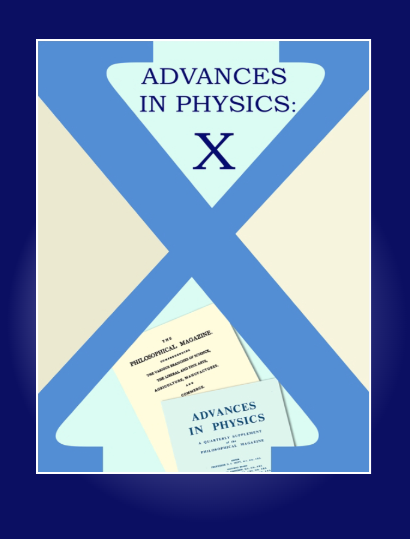Strain engineering in alloy nanoparticles
IF 10.8
2区 物理与天体物理
Q1 PHYSICS, MULTIDISCIPLINARY
引用次数: 12
Abstract
ABSTRACT The deformation of interatomic distances with respect to those of the perfect crystal generates atomic-level strain. In nanoalloys, strain can arise because of finite size, morphology, domain structure and lattice mismatch between their atomic compounds. Strain can strongly affect the functional properties of nanoalloys, as it alters their electronic energy levels. Moreover, atomic-level strain generates atomic-level stress, which in turn results in distortions induced by strain. When the stress accumulated in a nanoalloy exceeds a certain level, the particle can relax that stress by undergoing structural transitions such as shape and/or chemical ordering transitions. Atomic-level strain is then a powerful tool to control and manipulate the structural and functional properties of nanoalloys. This requires a combined theoretical and experimental approach both to deeply understand the physical origin of strain, and to characterize it with a sub-angstrom resolution. Here, we present a theoretical analysis of the main sources of strain in nanoalloys, we analyse how atomic-level strain can be experimentally measured with transmission electron microscopy, we discuss its effect on the functional properties of nanoalloys, finally we describe how atomic-level stress arises from atomic-level strain, and how stress can induce structural transformations at the nanoscale. Graphical abstract合金纳米颗粒的应变工程
本文章由计算机程序翻译,如有差异,请以英文原文为准。
求助全文
约1分钟内获得全文
求助全文
来源期刊

Advances in Physics: X
Physics and Astronomy-General Physics and Astronomy
CiteScore
13.60
自引率
0.00%
发文量
37
审稿时长
13 weeks
期刊介绍:
Advances in Physics: X is a fully open-access journal that promotes the centrality of physics and physical measurement to modern science and technology. Advances in Physics: X aims to demonstrate the interconnectivity of physics, meaning the intellectual relationships that exist between one branch of physics and another, as well as the influence of physics across (hence the “X”) traditional boundaries into other disciplines including:
Chemistry
Materials Science
Engineering
Biology
Medicine
 求助内容:
求助内容: 应助结果提醒方式:
应助结果提醒方式:


